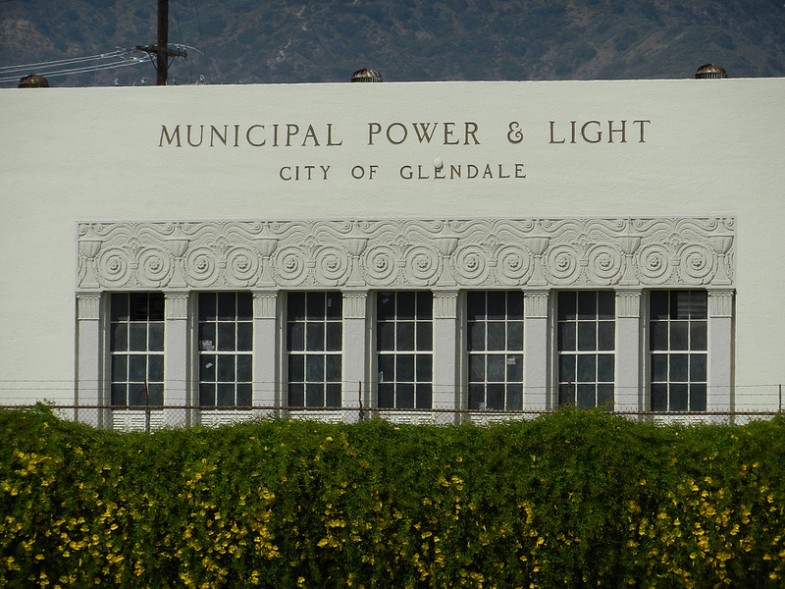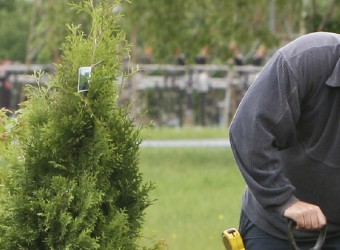Public radio’s David Brancaccio is a solid reporter. Perhaps the cognitive dissonance of talking about public ownership on a business program called Marketplace caused him to go astray. Nevertheless a few days ago he did his listeners a disservice when commenting on the city of Somerset, Kentucky’s new venture: Selling gasoline directly to city residents.
Somerset’s entrepreneurialism prompted him to explore other municipal enterprises, “I looked around for some precedents and they are interesting.”
So far so good. Tens of thousands of precedents exist for public ownership of services and they are indeed interesting. But a listener to Brancaccio might easily come away with the impression that public enterprises are few and far between.
Brancaccio began by observing, “Some cities have long had municipal public utilities. The power company in San Francisco is owned by the city and county, for instance.”
That’s an oddly understated way to talk about municipal electric companies. Yes San Francisco owns a power company. But the series of hydroelectric dams the city and county built primarily provide water and electricity for the public sector. No sales are made to residences or businesses. That’s the province of a private investor owned utility, Pacific Gas & Electric.
Much more instructive would have been the revelation that more than 2000 cities boast full fledged electric power companies, including big cities like Los Angeles, Seattle, San Antonio, and Austin. Better yet, Brancaccio might have described one or two of the many titanic struggles between plundering private, unresponsive corporations and the people that preceded the creation of these government enterprises.
Despite abundant evidence to the contrary Brancaccio insists that public enterprises are the exception. “More typically however, the response to high prices or other perceived market failures has not been ownership of the retail outlet by a municipality. Instead, the solution is more often local citizens banding together. Heating fuel co-ops are common, in which locals pool resources to get a better price on oil by buying in bulk.”
Actually heating fuel coops are not at all common. Only a few dozen exist and many of them are buying clubs, not genuine cooperatives. On the other hand, more than 100 cities own their own natural gas companies, including Somerset, Kentucky where sales of compressed natural gas for vehicles anticipated the sale of gasoline.
Brancaccio might have educated his listeners about the latest wave of public enterprises-- municipal broadband networks. In the last decade over 150 cities laid fiber or cable to every address in town. Another 250 offer Internet access to either businesses or residents. About 1,000 created school or library broadband networks.
These municipal networks offer some of the fastest speeds and lowest prices in the country. And their service is incomparably better than that offered by Comcast and Time Warner, although admittedly that is a very low bar.
Brancaccio is correct that often citizens band together to create cooperatives when the private sector fails them. But rather than talk about heating fuel coops he could instead have told his listeners about the great resurgence of the nation’s credit unions--7200 with 100 million members, up by 10 million in just the last six years, and $1 trillion in assets.
As I said, perhaps Brancaccio felt inhibited in talking about the virtues of public and cooperative ownership under the auspices of the Marketplace program. When Marketplace reporters talk about business, listeners can almost always be assured they are referring to private businesses not public enterprisees. Nevertheless, I hope Brancaccio revisits the issue in future broadcasts and lets people know that cooperative and government enterprises are not on the periphery of the economy but are a successful and growing component of it.





